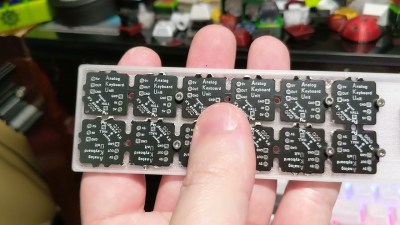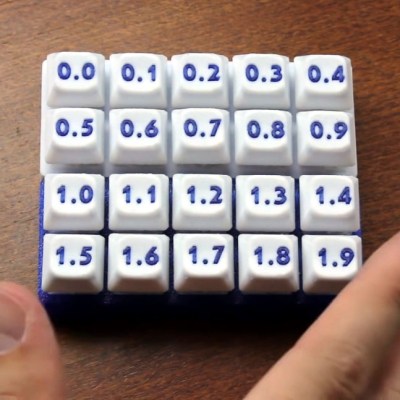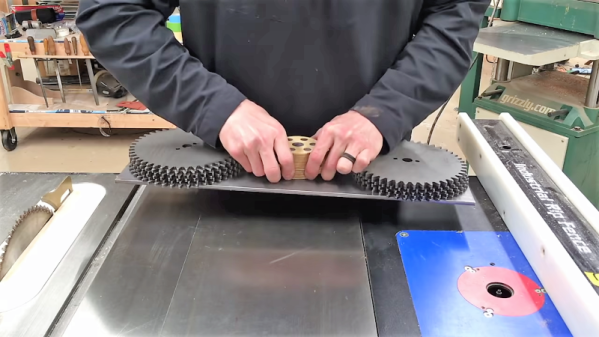Garage doors! You could get out of your vehicle and open and close them yourself, but that kinda sucks. It’s much preferable to have them raise and lower courtesy some mechanical contrivance, and even better if that is controlled via the web. [Juan Schiavoni] shows us how to achieve the latter with their latest project.
The web-based controller is based around a Xiao ESP32 microcontroller board, chosen for its baked-in WiFi connectivity. It’s set up to host its own web interface which you can login to with a password via a browser. If you have the correct authorization, you can then hit a button to open or close the garage door.
To interface the ESP32 with the garage door itself, [Juan] went the easy route. To trigger opening or closing the door, the ESP32 merely flicks an IO pin to toggle a transistor, which is hooked up to the button of the original garage door opener. Meanwhile, the ESP32 is also hooked up with a magnetic switch which is activated by a magnet on the garage door itself. This serves as a crude indicator as to the current status of the door—whether currently open or closed. This is crucial to ensure the indicated door status shown in the web app remains synced with the status of the door in reality.
It’s a simple project, and reminds us that we needn’t always do things the hard way. [Juan] could have figured out how to hook the ESP32 up with some radio chips to emulate the original garage door opener, but why bother? hooking it up to the original remote was far easier and more reliable anyway. We’ve seen a good few garage door hacks over the years; if you’ve got your own unique take on this classic, don’t hesitate to notify the tipsline!
[Thanks to Stillman for the tip!]


![[riskable]'s clacky magnetic switches](https://hackaday.com/wp-content/uploads/2021/07/mag-lev-void-keyswitches-800.jpg?w=600&h=450)













